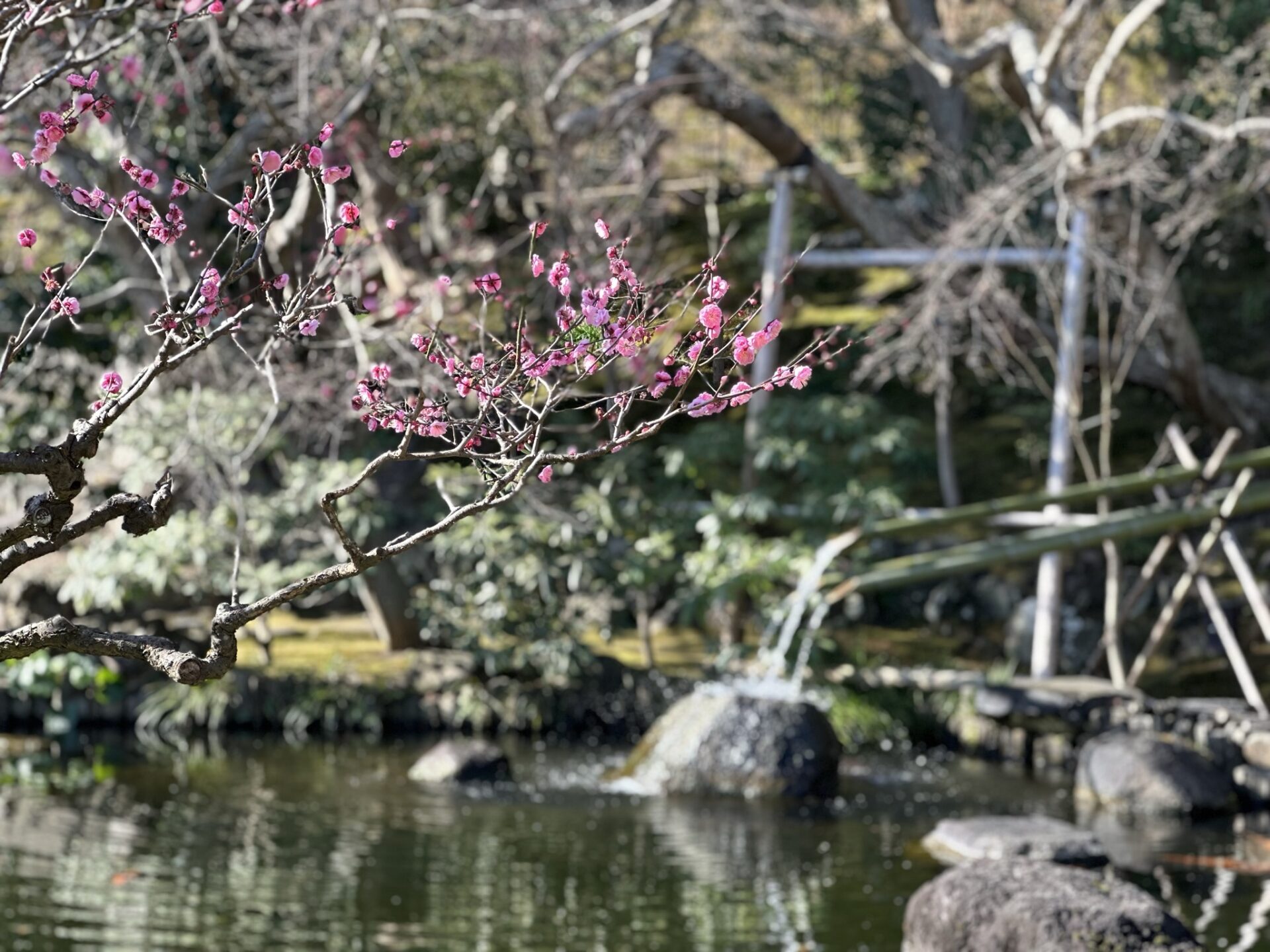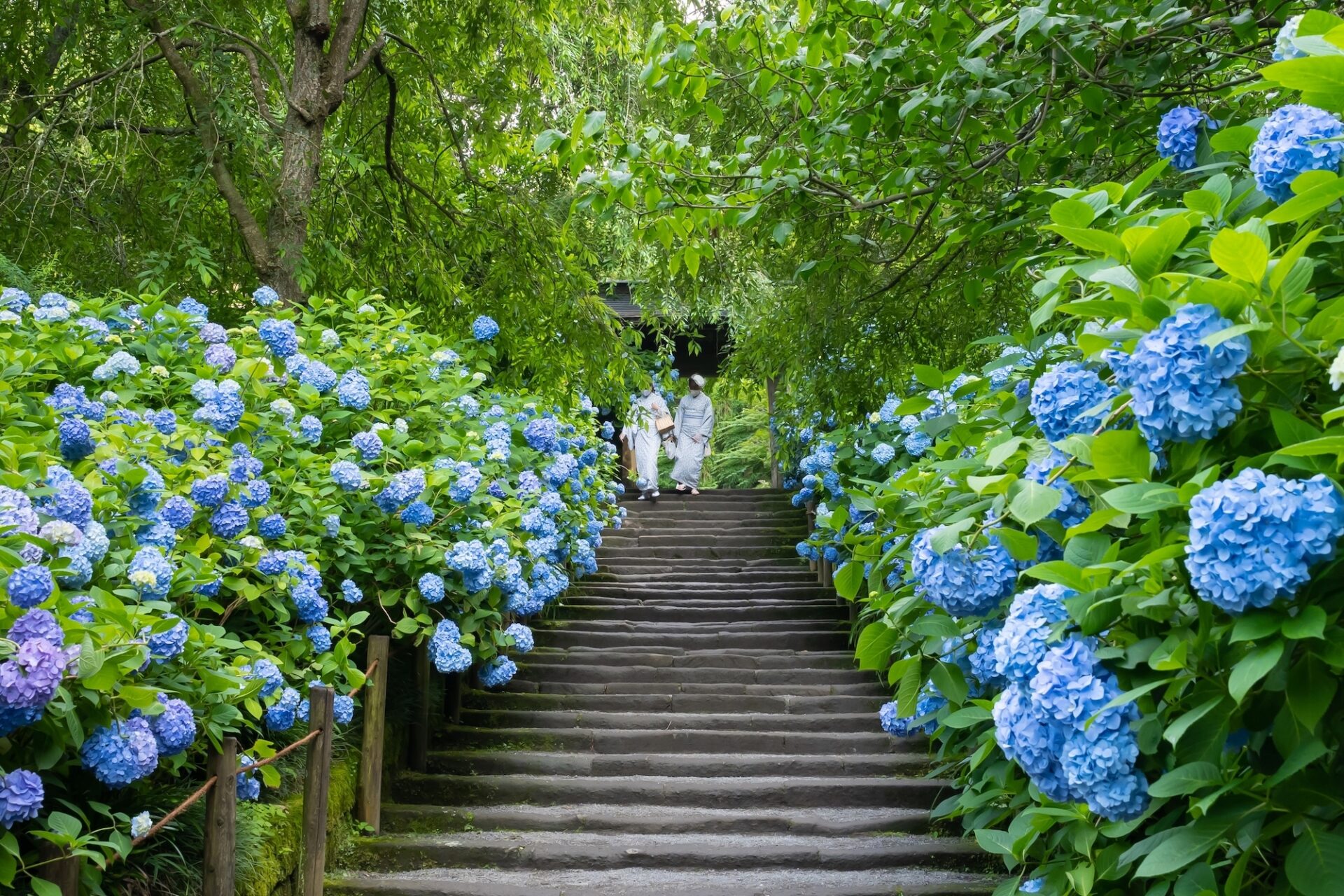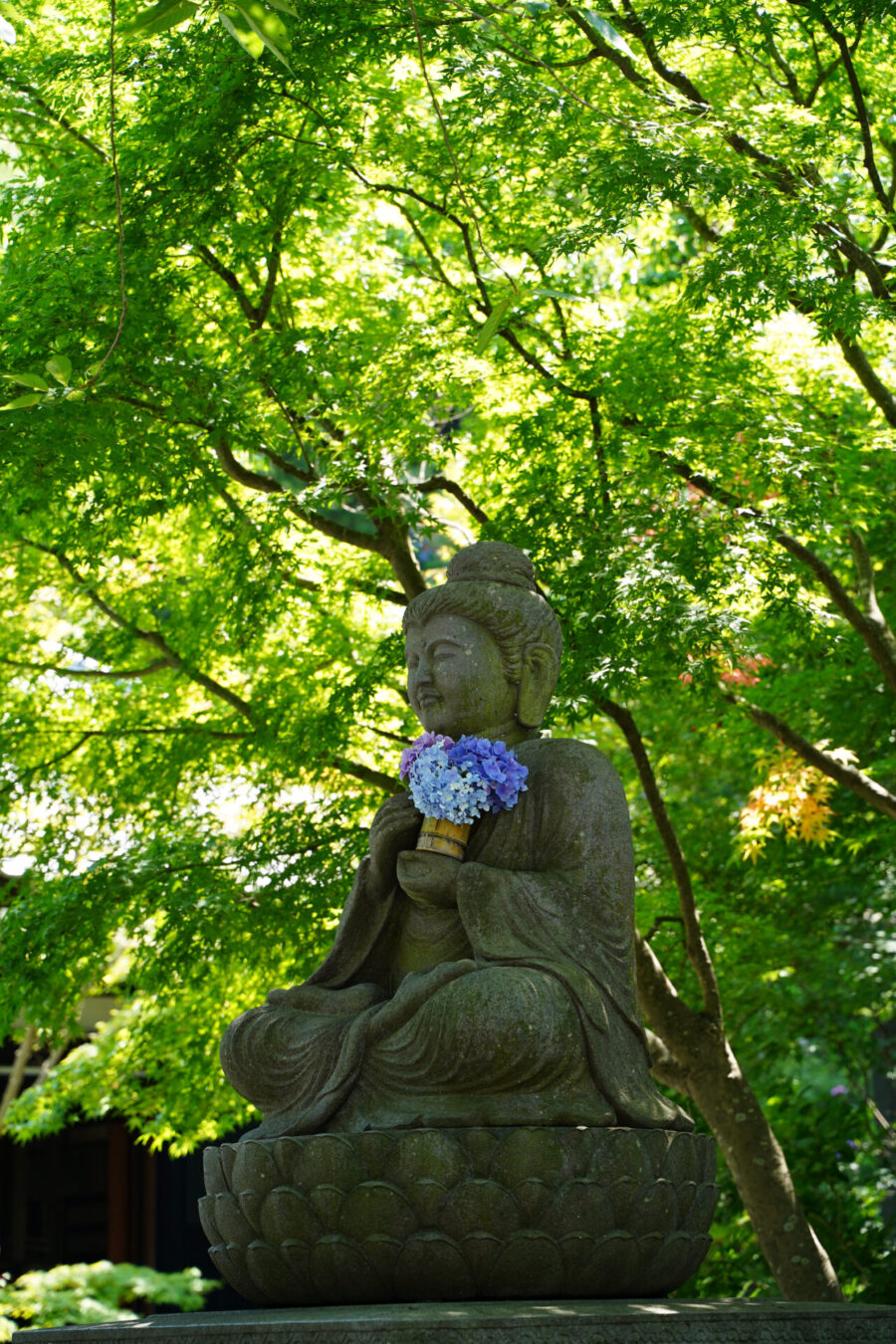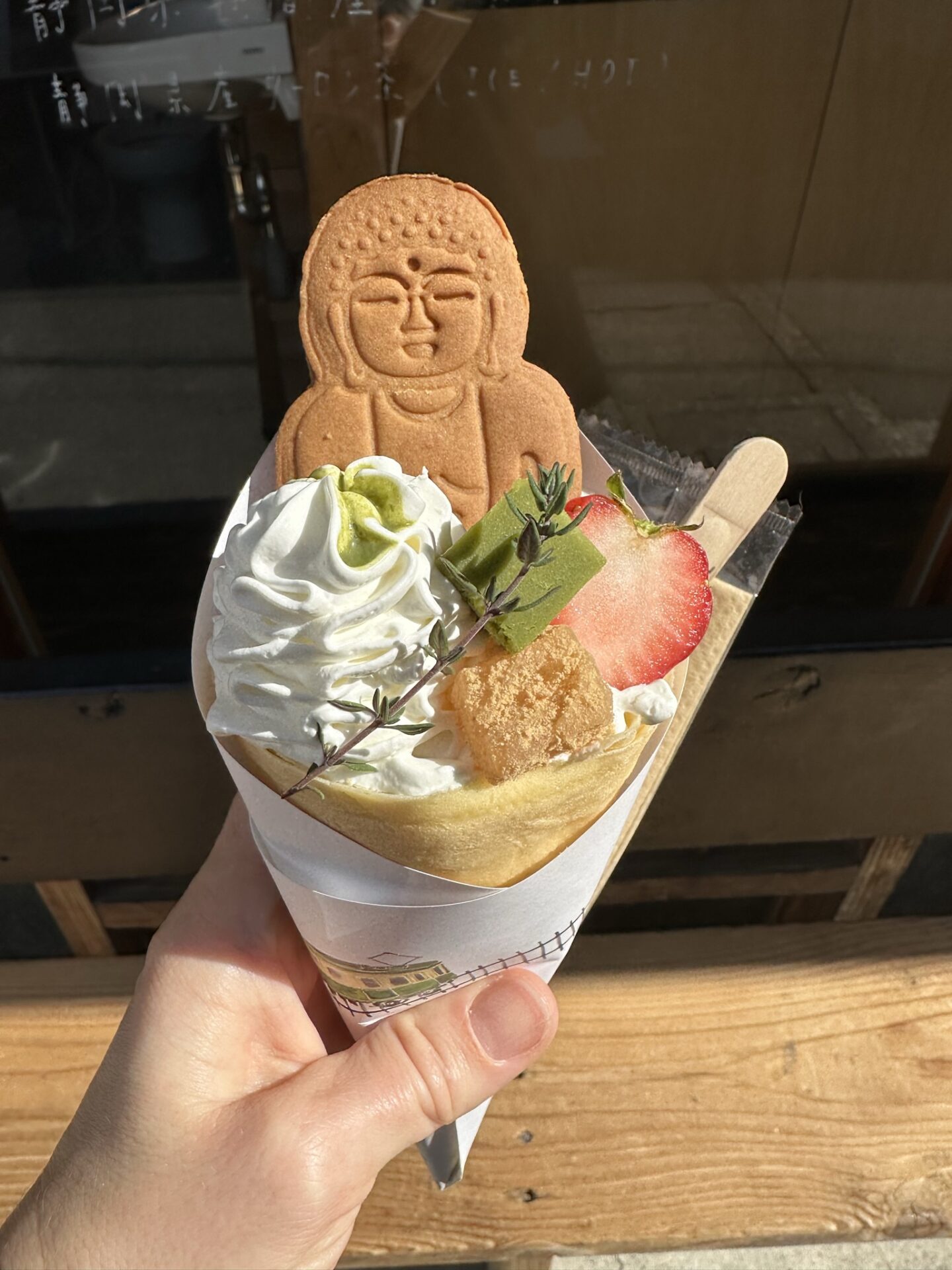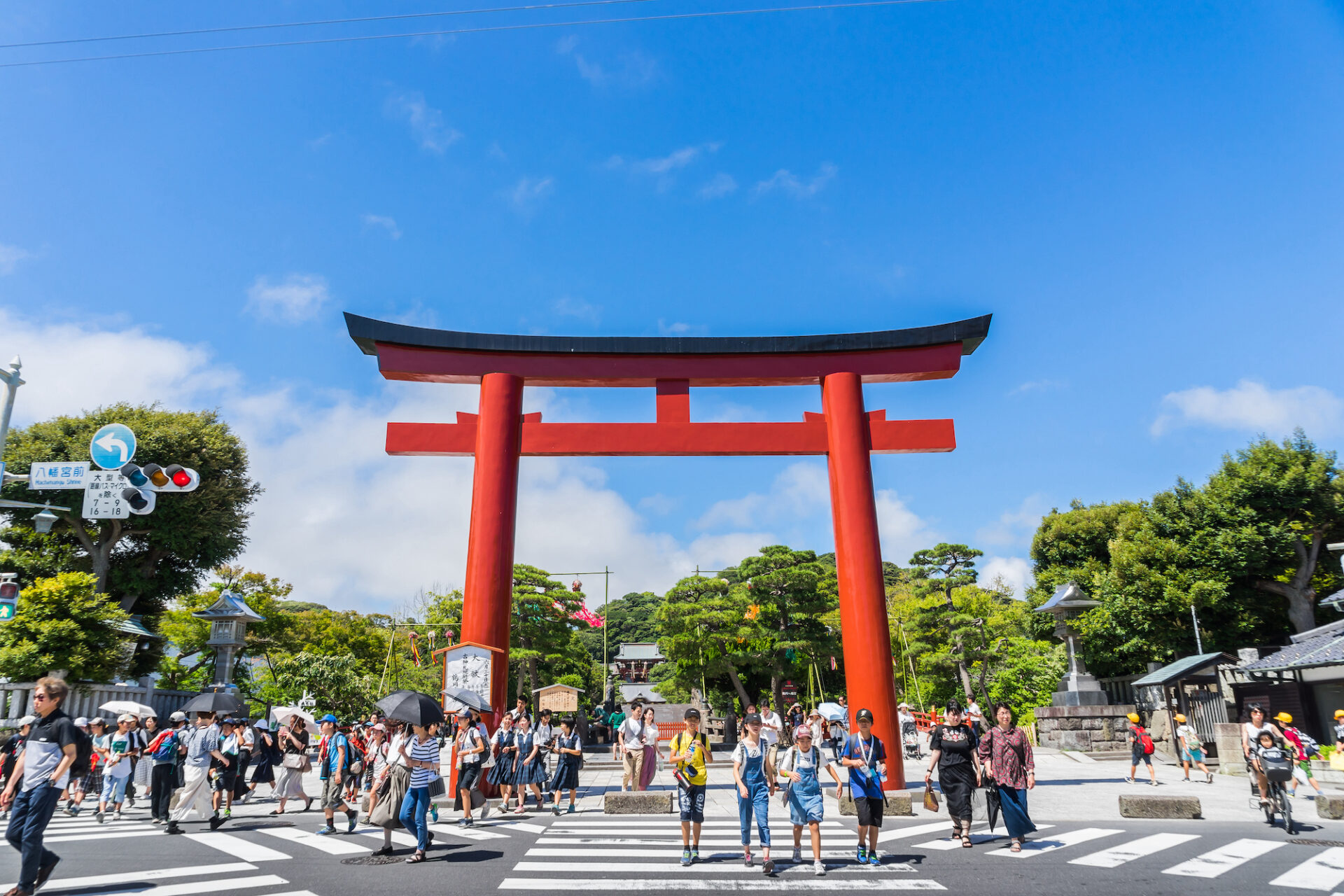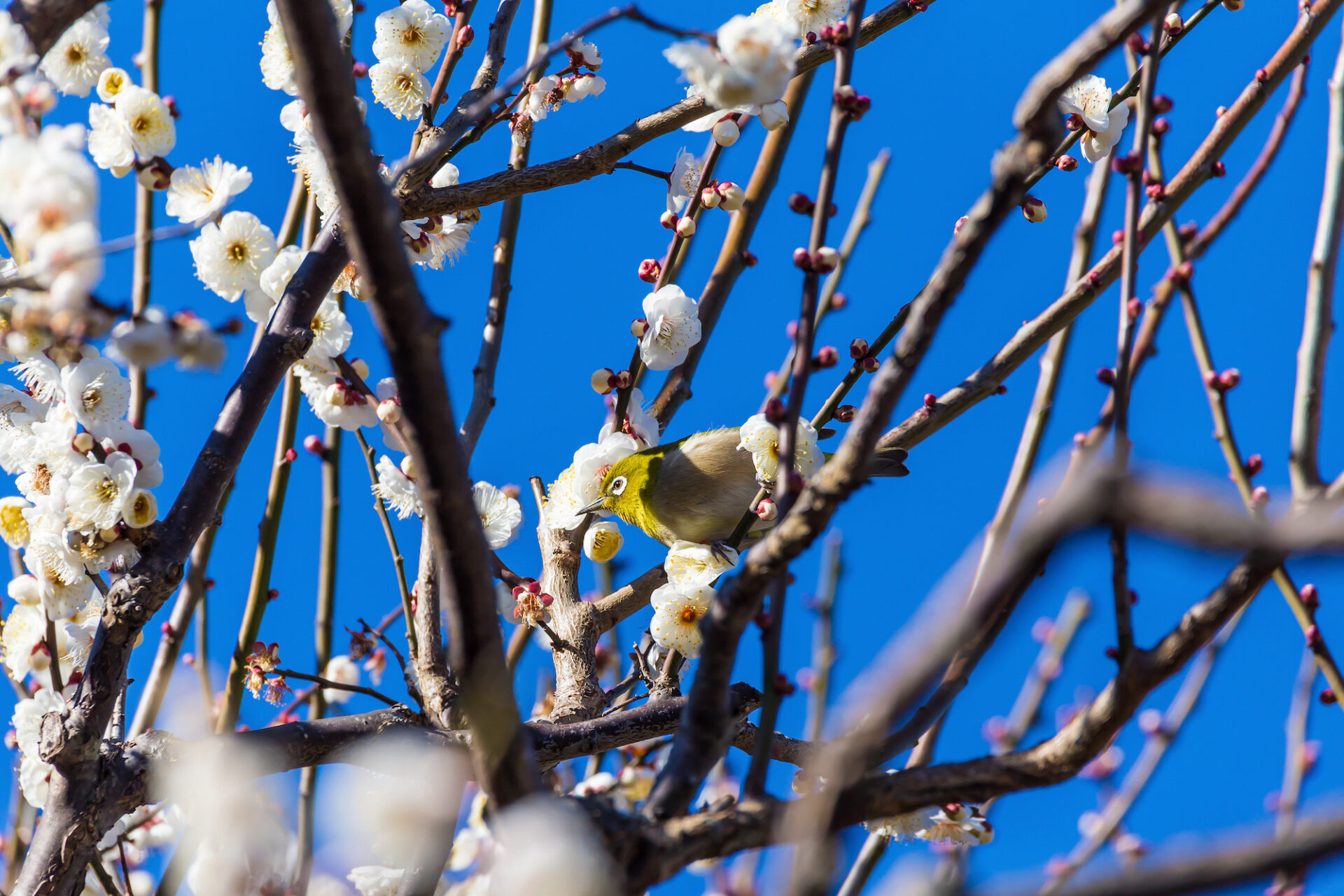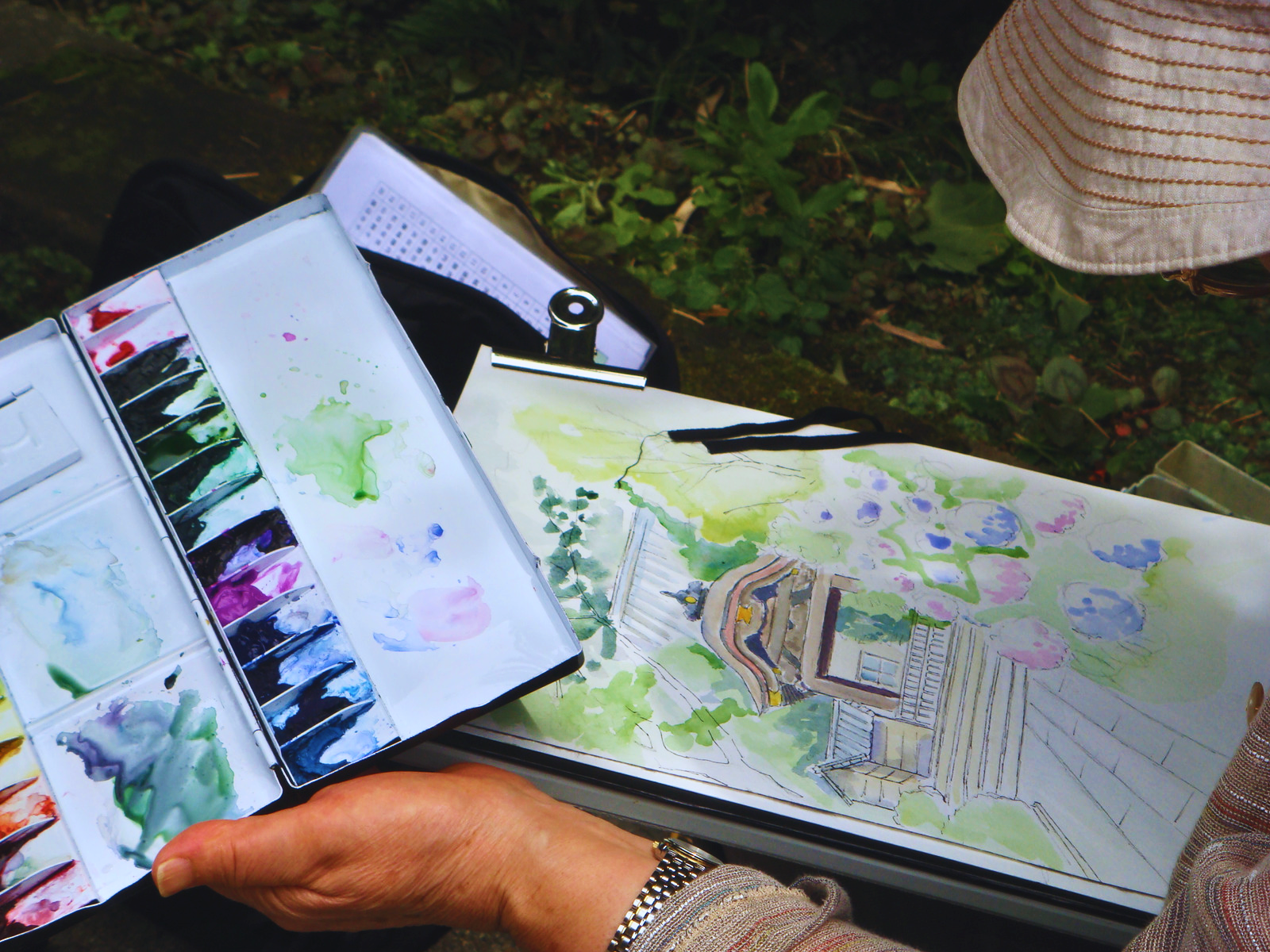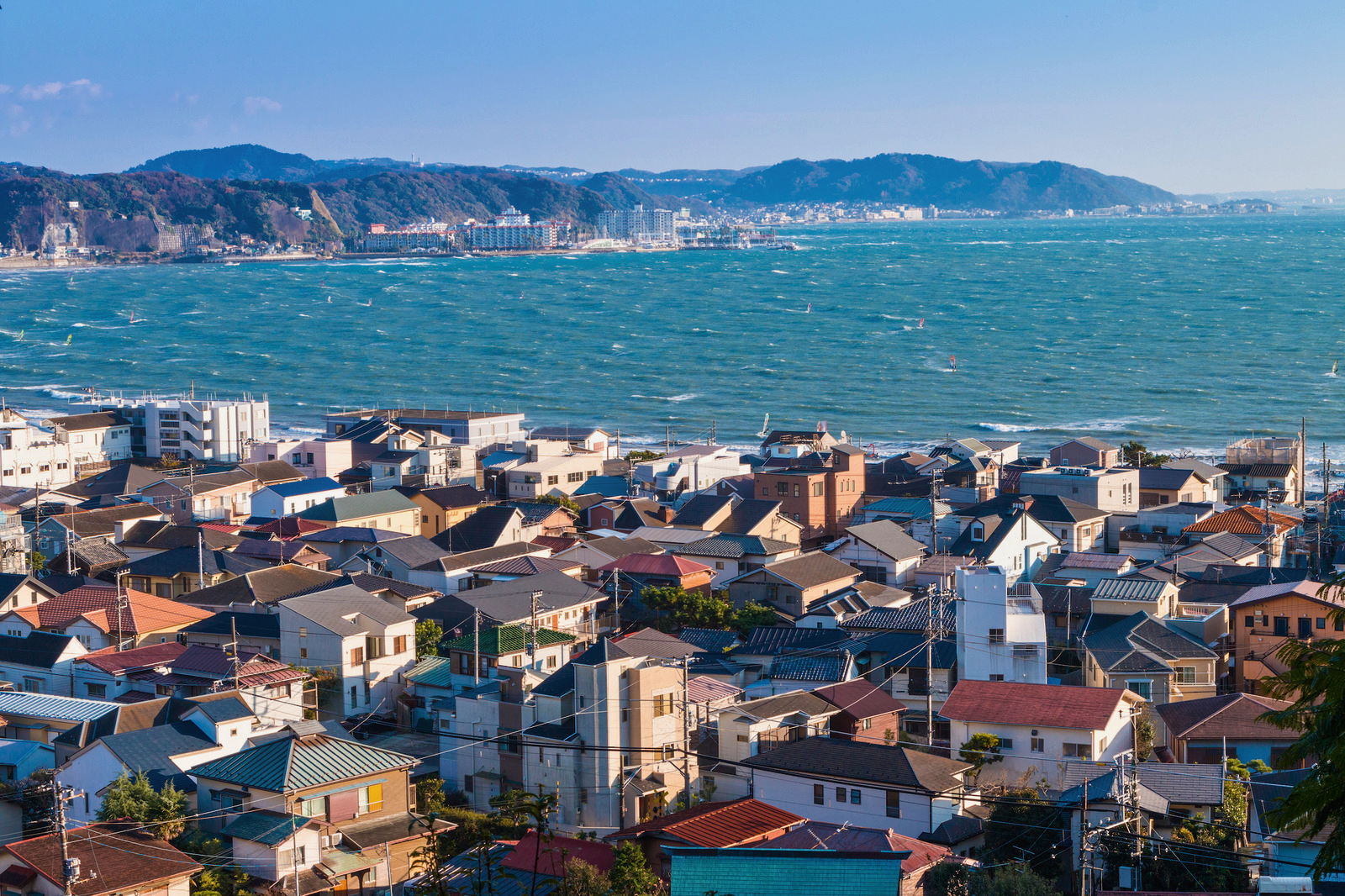Even the most swanky underwater camera looks rather mundane compared to the gadget Jess Haines shows me. The marine biologist and Manta Trust project manager is demonstrating how the world’s first underwater ultrasound device can provide invaluable information about the reproduction cycles of manta rays.
Developed by scientists at the University of Cambridge, the device is purpose-built to obtain clear images of mantas’ reproductive structures. To do this, all marine researchers have to do is briefly hold the device five or six centimetres over the manta ray. Luckily the device – about the size of a bicycle pump – works in depths of up to 30 metres, so scientists can get pretty close. The stored images are then downloaded back at base.
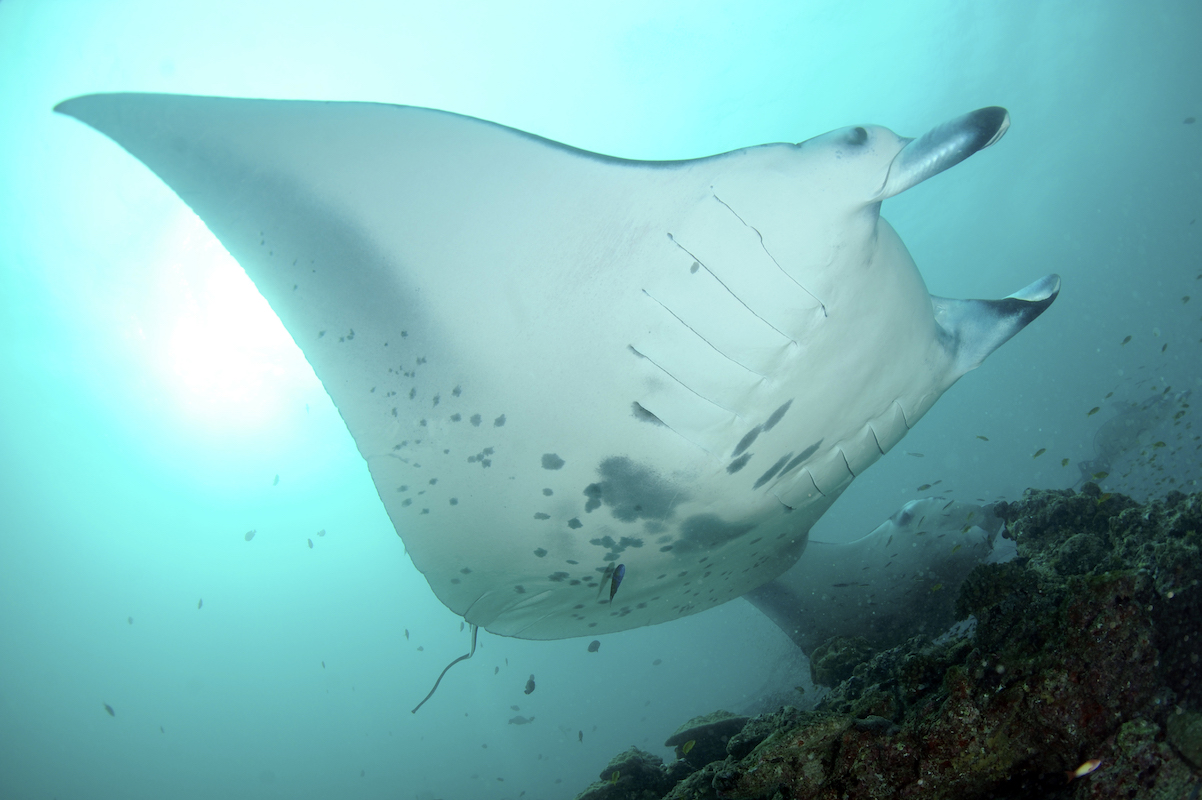
Haines shows me an ultrasound photo in which I can clearly see an unborn manta, its tiny wings wrapped around its body. “It looks like a burrito,” she exclaims. She hopes that the device, and the information it reveals, could eventually lead to footage of a live manta birth.
This would be an important milestone, because it would back up Haines’ belief that this area of the Maldives’ Raa Atoll is a manta ray nursery – a place where they come to give birth, and a location to which the young will regularly return as a result. At a time when mantas face more threats than ever – ranging from increased boat traffic to the devastation caused by over-fishing in nearby Sri Lanka – their decision to give birth here is a major win.
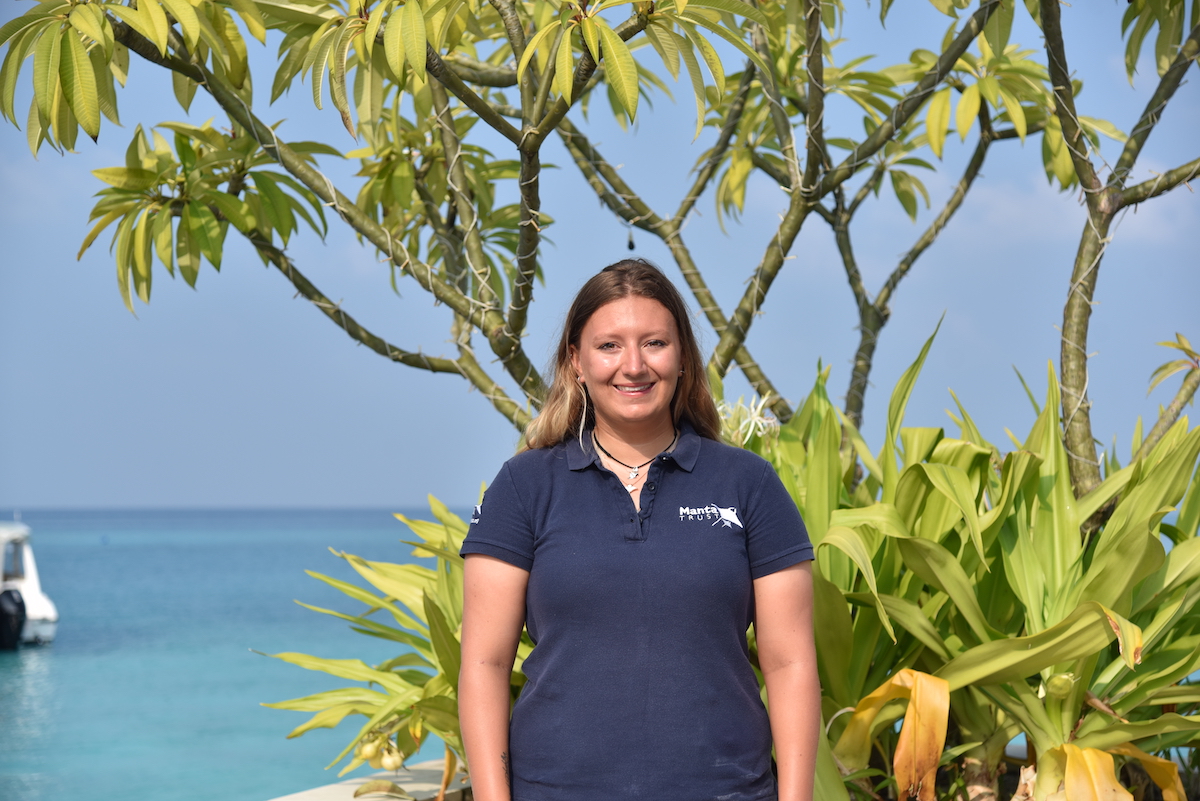
The Maldives: a hotspot for manta rays
Haines’ love affair with mantas began after she completed her zoology degree in 2016. She arrived in the Maldives in 2017 to work as a marine biologist on Dhaalu Atoll. While there, she saw (and fell in love with) mantas, and started sending the Manta Trust photos of ones she spotted, helping the organisation build a manta ray database in an area where they had no staff. When the Manta Trust decided to set up a base on Raa Atoll’s Maamunagau Island, which had added bonus of its proximity to the Baa Atoll Biosphere Reserve, a hotspot for manta rays, they asked Haines to manage it.
A perk of the job? Haines’ office is in the dive centre at the InterContinental Maldives Maamunagau Resort, where the boardwalks that weave around its beautiful lagoon double as brilliant viewing points from which to spot mantas. By the end of my first day on the island, I’ve spotted manta rays, sharks, stingrays and eagle rays – not during a scuba dive or snorkelling session, but during the short walk from the resort’s reception area to my villa.

Resort guests become citizen scientists
The resort is the perfect base from which to conduct research into the plight of the region’s reef mantas. At the same time, hotel guests get a fascinating insight into the creatures during annual Mantra Retreats and manta-spotting boat trips. Photos taken by guests during these trips are often added to Haines’s database of manta mugshots, and guests who spot a previously undocumented manta get the right to name it. One of the recent additions is a specimen christened Manta Claus.
I’ve spotted manta rays, sharks, stingrays and eagle rays – not during a scuba dive or snorkelling session, but on the short walk from the resort’s reception to my villa
Keen to see a manta for myself, I join one of Haines’s excursions. First, there is a brief chat about manta protocol. We should aim to keep five metres between ourselves and the mantas (although they often choose to come much closer) and never chase or touch them. Our small group – consisting of Haines, myself and three other guests – clamber into the boat and head to one of the so-called cleaning stations. These are locations where mantas congregate so that tiny fish can give them sub-aquatic spruce-ups, feasting on parasites and dead skin cells on their gills and skin.
It’s not long before Haines spots a pair of wingtips poking slightly above the glass-clear water. We don our snorkels and lower ourselves into the bath-warm ocean, careful not to disturb the creatures as they glide through sparkling shoals of tropical fish. We needn’t have worried. There are multiple mantas swimming in circles, mouths agape as they glide through the water, cephalic lobes (two fleshy tendrils) curled to funnel more food into their mouths. They seem unfazed by our presence, and several swim directly up to us. Their daunting size is offset by the absence of any teeth, and although the water is too deep to see the seabed, it’s crystal clear. There’s something wonderful about staring down into the depths as the mantas sweep slowly upwards to give us a once over.
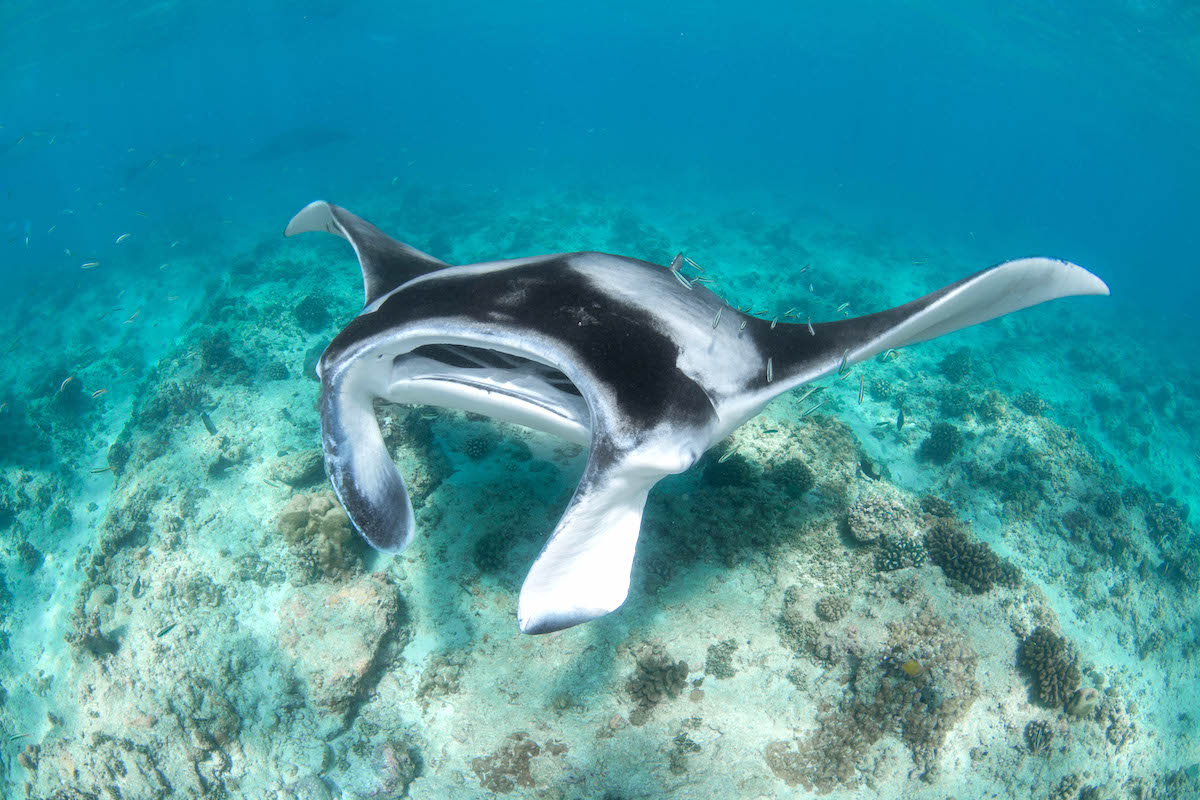
Later, Haines explains that their gills help filter food from the vast quantities of seawater they consume, but there’s a downside. Many practitioners of traditional Chinese medicine incorrectly believe that consuming these gills filters toxins from the body, and demand for them has skyrocketed. Efforts to highlight the problem have somewhat backfired. Previously, the gills would be removed from the mantas and the carcass discarded. But in certain countries, a desire to minimise this waste has resulted in a growing appetite for parts which weren’t previously consumed. This in turn has made mantas more valuable to fishermen who catch them.
Protective measures for Maldivian marine life
Thankfully, the Maldivian government realises that preserving its marine life is key to maintaining its status as the Indian Ocean’s most popular tourist destination. According to regulations, fish must be caught using a hook and line (rather than drift nets) and mantas are protected, making it illegal to capture, keep or harm them.
But Haines points out that there are other threats. Take a seaplane over the Maldives and you’ll see a growing number of artificial islands – often made with sand scooped from the seabed and dumped over reefs. More islands means more boat traffic. This is partly why Haines is on a mission to secure MPA (Marine Protected Area) status for the waters around Maamunagau island, something she hopes will happen by the end of 2023.
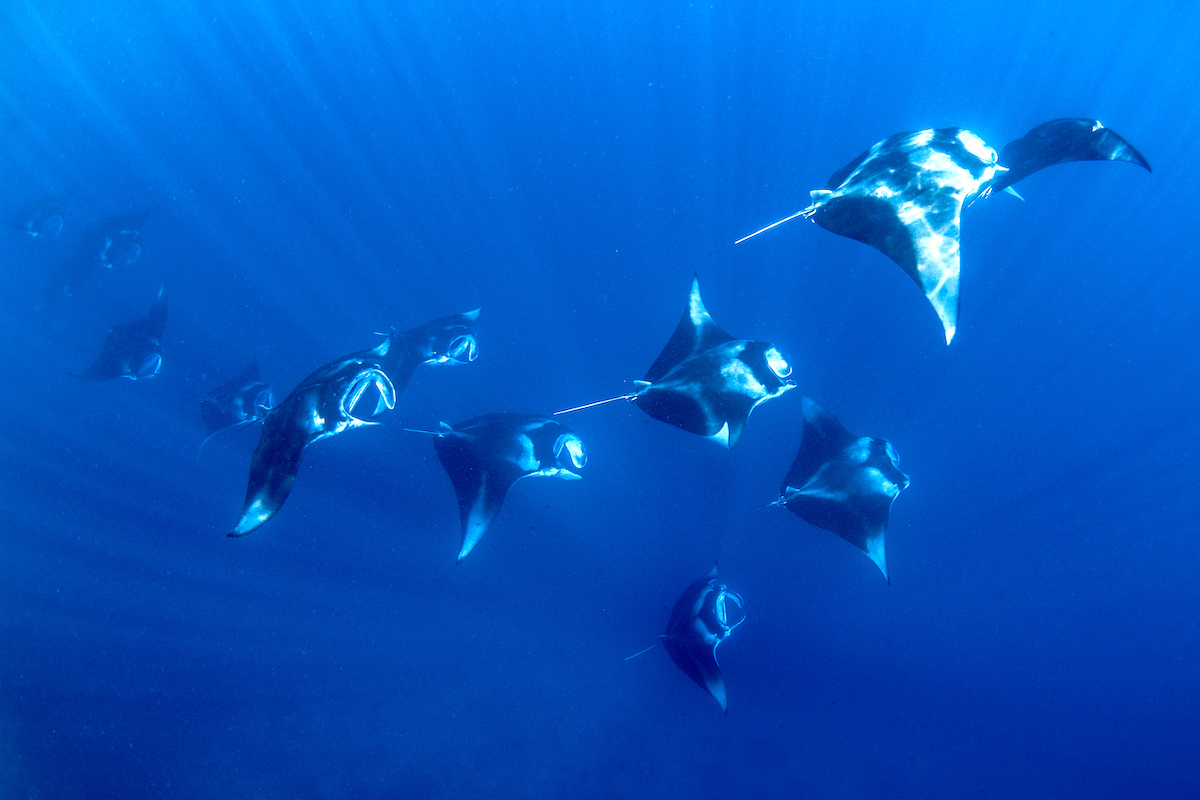
Key to this designation is proving that the area is a manta ray nursery – a place where mantas don’t just spend a significant amount of time, but visit to give birth. She hopes to do so by showing that the immediate area meets various criteria laid out in a paper published by research scientist Michelle Heupel, who identified key trademarks of elasmobranch (a category of marine life which includes sharks and rays) nurseries. A live birth is one such key criteria – hence the ultrasound device I’ve had the privilege of seeing.
Haines believes that MPA’s protective measures will become crucial as a confirmed nursery status will undoubtedly attract even more visitors keen to check out a manta hotspot. “We don’t want this area to become a circus show,” says Haines. “Raa Atoll still has this wonderful quietness about it, and we want to preserve that.”
Singapore Airlines flies to Male, the capital city of The Maldives. To book a flight or learn more, visit the official website.
The post A marine biologist’s quest to protect the Maldives’ majestic manta rays appeared first on SilverKris.
from SilverKris
